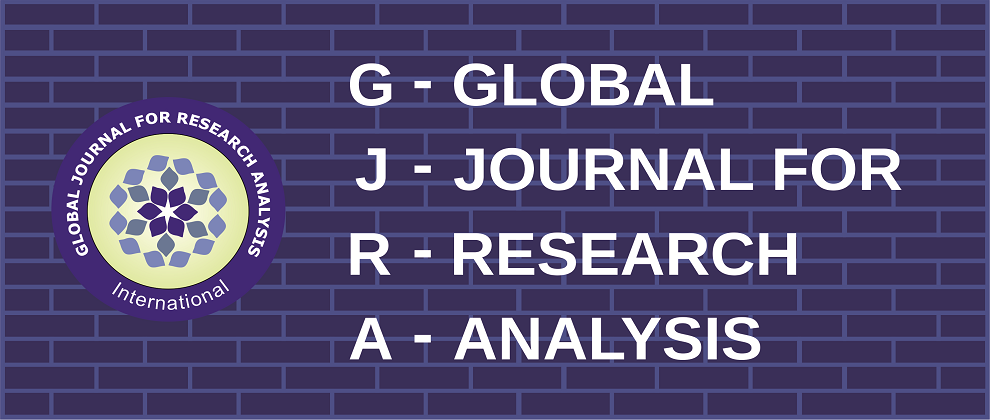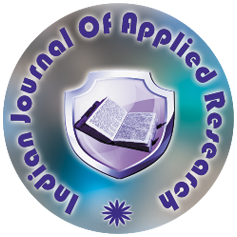Volume : 9, Issue : 3, March - 2020
Characterization of functionalized composite SWCNT for sensing application.
Yawar Alamgeer
Abstract :
It has been seen that an individual carbon nanotube can be bent and tangled within a bundle, increasing the difficulty of exfoliation and debundling of SWCNTs aggregates. As the surface area of untangled SWCNTs are quite high as compared to those exist in bundles, efforts have been made to debundle the SWCNTs and make the use of its unique properties. Increase in surface area increases the sensing ability of the CNTs. Since the most common gas sensing principle is the adsorption and desorption of gas molecules on sensing materials, it is quite understandable that by increasing the contact interfaces between the analytes and sensing materials, the sensitivity can be significantly enhanced. Functionalization can improve the sensitivity and selectivity of the CNTs based gas sensors. Chemical bonds might be used to facilitate the interaction of the nanotube with other analytes such as solvents, polymers and biopolymers matrices. The adsorption of these molecules on the nanotubes is associated with a partial charge transfer, who alters the charge-carrier concentration as the electronic properties of semiconducting CNTs are very sensitive to certain analytes. After interaction with gas molecules and charge transfer, the resulting change in the electrical resistance of the nanotube is utilized as a sensor signal. Functionalization of CNTs with PANI makes it selective towards NH3 gas, with PEI makes it selective towards NO2 gas and HFIP derivatives makes it selective towards DMMP gas. Thus functionalization can provide a better pathway for the CNTs for utilization in potential applications. Further characterization using FTIR and Raman of the given samples were done to ensure the potential of the samples as gas sensor.
Keywords :
Cite This Article:
CHARACTERIZATION OF FUNCTIONALIZED COMPOSITE SWCNT FOR SENSING APPLICATION., Yawar Alamgeer GLOBAL JOURNAL FOR RESEARCH ANALYSIS : Volume-9 | Issue-3 | March-2020


 MENU
MENU

 MENU
MENU

